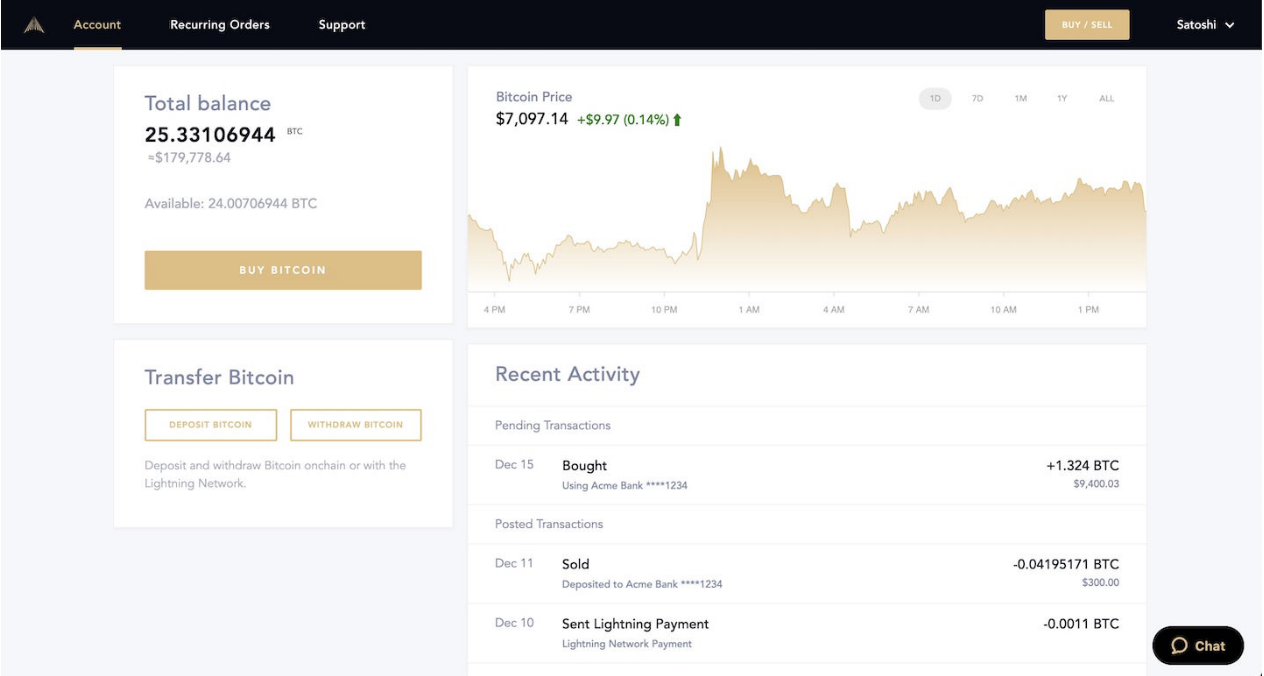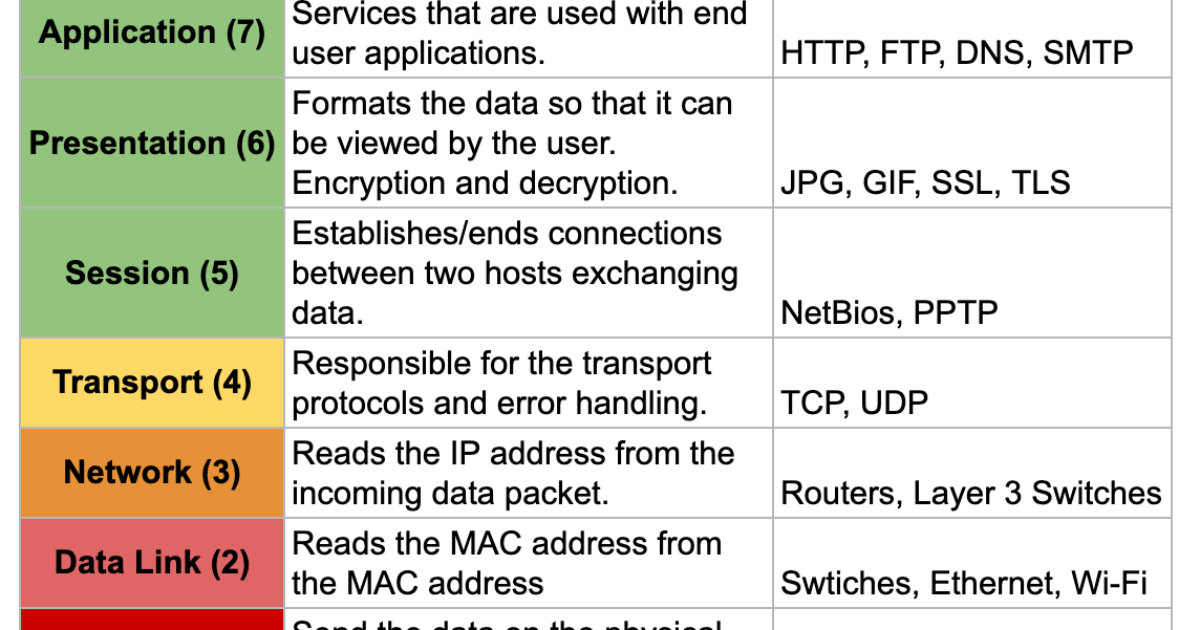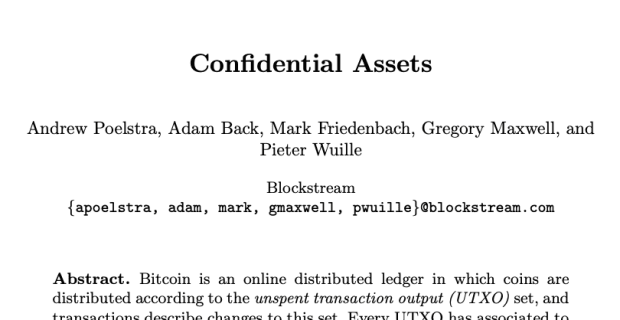State Document Reveals Details of Iran’s Cryptocurrency Mining Regulations
Iran’s Ministry of Industry, Mine and Trade is close to finalizing a document that paves the way for legitimizing cryptocurrency mining for local and foreign citizens in the foreseeable future.
In early August 2019, Iranian President Hassan Rouhani’s cabinet issued a directive that recognized cryptocurrency mining as an industry for the first time and defined general tenets. Among other things, the directive obligated the ministry to come up with a framework based on which cryptocurrency miners could start working transparently. Previously, those miners had been operating without any state supervision.
According to a transcript of the document shared with Bitcoin Magazine, which will be put into effect as soon as industry minister Reza Rahmani signs it, legitimate cryptocurrency miners will have to obtain two permits.
Document Highlights
First, in order to secure a license for establishing a cryptocurrency mining business, one natural or legal person — which could be local or foreign — will have to provide a business ID and estimates of investments, job creation, capacity, machinery valuations and a business plan, among other things.
Business establishment licenses last for 12 months and can be renewed after the owner provides project progress reports.
Mining farms will have to be established on industrial land in accordance with industrial units regulations and will not be subject to proximity limitations, which means that they can be situated both inside and outside of metropolises.
“The total power consumption of cryptomining equipment of each industrial unit is equal to at least 30 kilowatts and licenses cannot be issued for equipment with lower consumptions,” the document says.
The energy to be consumed by cryptocurrency mining farms is to be provided either from the national power grid or privately through non-state power plants, renewable sources or gas-powered producers.
The second permit from the industry ministry is the one that allows for a cryptocurrency mining farm to operate. To obtain this permit, business owners will have to declare what kind of devices and how many of them they have, what company developed them and how much power they consume, among other criteria. These permits will last for 12 months and can be renewed upon personal inspection by an industry ministry representative.
Destigmatizing Cryptocurrency
Cryptocurrency and blockchain researcher Hamed Salehi believes that the document and overall government regulations are very significant for the local cryptocurrency community.
“Not only do they recognize cryptomining as an industry, but they effectively legitimize bitcoin and other cryptos, blocking other entities from completely prohibiting their use,” he told Bitcoin Magazine.
There were no regulations aimed specifically at cryptocurrencies in Iran until April 2018, when the Supreme Council of Anti-Money Laundering directed the central bank to publish a directive, barring all financial institutions from handling cryptocurrencies.
Issued shortly after a currency crisis that was triggered by reimposition of unilateral United States sanctions, the directive was a misguided attempt at preventing capital flight that only led to mass confusion. While there were no laws banning use of cryptocurrencies, several entities including the cyber police have said that employing them is illegal.
Then, in late January 2019, the central bank published a draft regulatory framework that proposed legalizing the use of cryptocurrencies and the establishment of licensed exchanges, but called for banning cryptocurrencies from being used as methods of payment inside the country. The framework has yet to be ratified, partly due to its many faults and shortcomings.
The directive ratified by the cabinet in August 2019 did not outlaw cryptocurrency use and only warned people wishing to use them of the associated potential risks of capital loss.
“Before the [August] cabinet directive, anything having to do with cryptos carried the stigma of illicit activity,” Salehi said.
Cryptocurrency Miners Still Unhappy
But while the new regulations legitimize cryptocurrencies and mining, the local community remains concerned about their ramifications for the fledgling industry.
Some large-scale professional cryptocurrency miners are already moving their operations abroad to more hospitable neighboring destinations including Russia, Georgia, Kazakhstan, Armenia and even Iraq.
They complain that the proposed electricity prices are irrationally high and coupled with other expenses — such as taxes, import tariffs and the other costs associated with operating a cryptocurrency mining farm that are already gravely high due to Iran’s significantly weakened national currency — these could render their businesses obsolete.
As ratified by the cabinet, the price of electricity offered to miners will be equal to the average rial price at which Iran exports its electricity to other nations, or to 70 percent of the average rial price at which the country ships off its natural gas.
The Ministry of Energy does not disclose its electricity export prices to the public, but Salehi said that the price amounts to between five to seven cents per kilowatt/hour according to private estimates.
“Now there are rumors that the energy ministry is looking at a price of about 6,500 rials (around 5.5 cents) for eights months of the year and a stratospheric price of over 20,000 rials (above 17 cents) per kilowatt/hour for the remaining four warm months that see higher energy consumption,” the researcher said.
This is while neighboring countries offer rates that vary from 3.5 cents to 5 cents per kilowatt/hour, according to local research.
Iranian miners previously used industrial-grade subsidized electricity that was usually priced under two cents per kilowatt/hour. The government acted to regulate them since it believed they were benefiting from cheap electricity at the expense of the government and putting a strain on the national power grid.
“I think if passed in their current form, the government regulations will mostly eliminate major private players and replace them with state-linked actors, many of whom still enjoy various forms of subsidies,” Salehi said.
This, he said, is particularly true since bitcoin’s mining reward will be halved in less than one year. This has prompted professional cryptocurrency miners around the world to add a large number of new and more efficient devices to their farms to take advantage of the time they have until their operations are strained by the halving.
“A Losing Game”
Moreover, Salehi believes that the government is “throwing itself into a losing game” since its regulations run the risk of driving many would-be transparent and legitimate players underground. He warns that the new regulations could increasingly encourage the smuggling of cryptocurrency mining gear and prompt many people to each plug in a handful of devices at residential units illegally.
Lastly, as ratified by the cabinet and the Iranian National Tax Administration, cryptocurrency miners can become exempt from paying taxes if they repatriate their foreign currency yields into NIMA, an online currency system run by the central bank that accepts foreign currency yields of exporters at a unique rate lower than the open market rate and provides importers with their required foreign currencies at that same rate.
The cabinet’s directive states that cryptocurrency miners will be obligated to sell their foreign currency yields at the NIMA rate but does not say that they can receive their required foreign currencies for imports at that same cheaper rate. The local cryptocurrency community sees this as another slight.
The post State Document Reveals Details of Iran’s Cryptocurrency Mining Regulations appeared first on Bitcoin Magazine.









